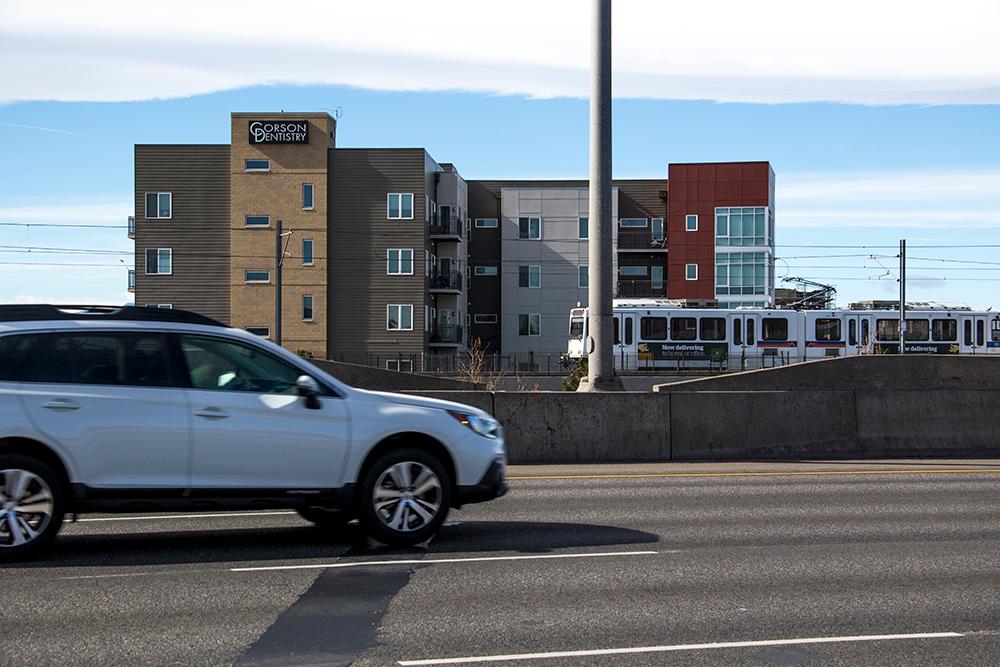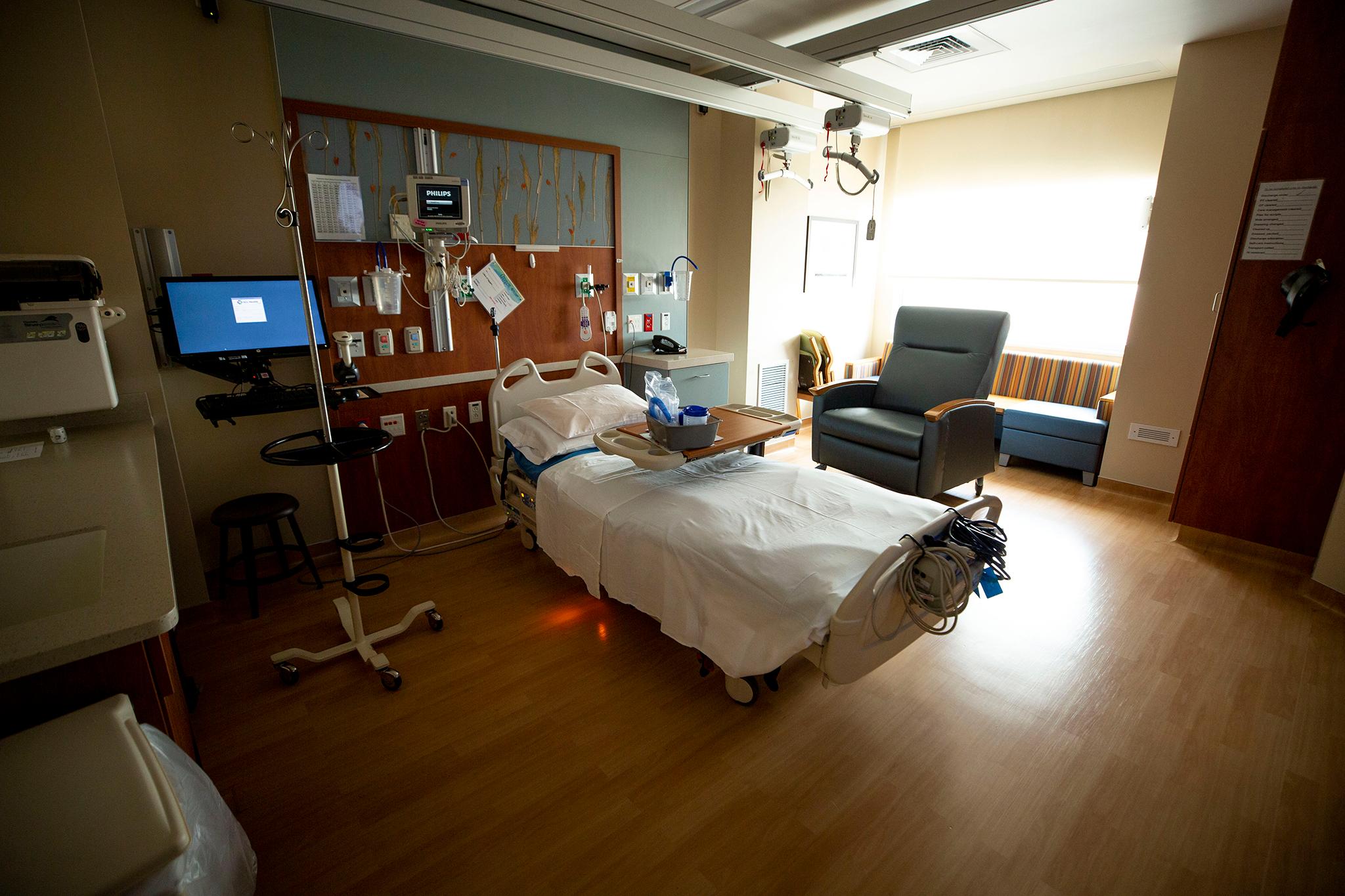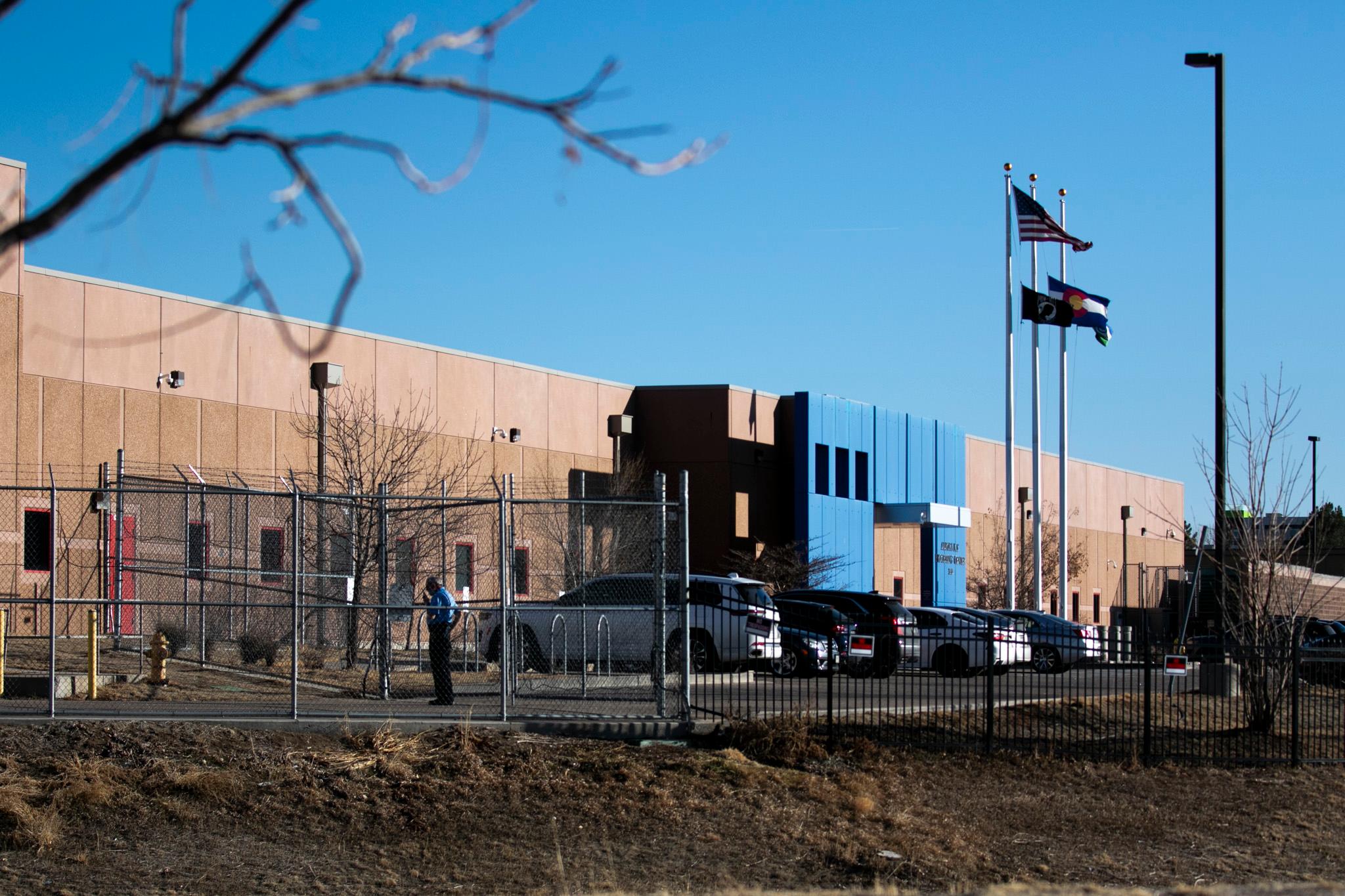
During the height of Colorado’s stay-at-home order in April, a handful of Regional Transportation District staffers ventured out on a rather mundane-sounding mission: to count empty parking spaces.
Their goal was to discover just how many parking spots go unused at 86 housing developments near transit stations across the Denver metro area. Their findings, issued in a new report, show that 40 percent of parking spaces at market-rate developments go unused at peak hours. That figure rose to 50 percent at affordable housing developments.
"It's just too much parking," said John Hersey, a senior transit-oriented development associate at RTD and co-author of the report.
At an average of $25,000 a pop, Hersey said each empty parking spot represents a costly misuse of space in an increasingly expensive metro area. Housing developers pass those costs onto residents through higher rent, the report concluded.
RTD has spent more than $5.6 billion on seven rail lines with dozens of new stations as part of the 2004 voter-approved FasTracks program. All of those have opened in the last six years, and most are in suburban areas. RTD doesn’t control how most of the land around the stations is used.
"I want to be kind," Hersey said of suburban cities in the area, "but they aren't producing the kind of transit-oriented development that we see on some more mature systems around the country."
While some cities, including Denver, are more amenable to changing parking requirements, there are still instances of them stalling development plans. Typically, Hersey said, cities’ zoning rules are still typically oriented for cars. That’s been the dominant mode of travel here for the better part of a hundred years.
It’s also not uncommon to see developers add more parking than a city requires, said Charlie Stanfield, a transportation planner at RTD.
"Their financing wants a safe development. [A lack of] parking is seen as something that would prohibit someone from leasing a unit,” Stanfield said.
Stanfield and Hersey hope their report will help puncture that perception, and give cities localized data they can use to push back against developers’ wishes. Cities could also implement parking maximums for new developments if they were really serious about discouraging driving.
RTD staff also hope their work will convince the agency’s elected board to adopt a new, more equitable transit-oriented development policy next year. That would give RTD staff greater latitude to promote affordable housing near transit stations.
Encouraging more urban-style development is often a tricky proposition for car-friendly suburbs. Greenwood Village voters in 2017 shot down a plan for more density around a light rail station. Lakewood voters in 2019 passed a 1 percent residential growth limit, which was seen as a backlash to what supporters called overdevelopment.
A Golden man sought to put a similar measure on the 2020 ballot that would cover much of the Front Range, but that effort failed.









